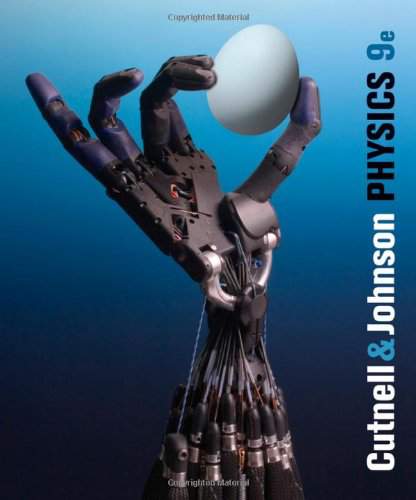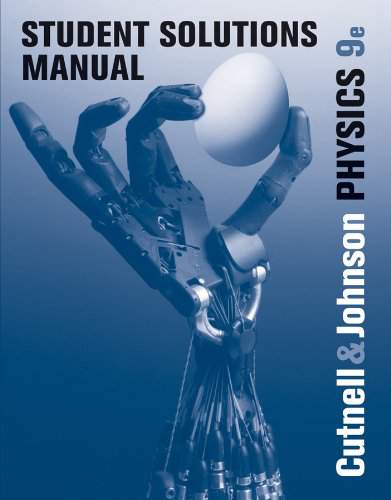Connecting...

This is a quick preview of the lesson. For full access, please Log In or Sign up.
For more information, please see full course syllabus of High School Physics
For more information, please see full course syllabus of High School Physics
High School Physics Electric Fields & Potential
Lecture Description
Previously we got into the basics of electricity with the electric force. Now we’ll take that one step further and talk about how scientists think about how an electron tries to ‘reach out’ to another particle. An electric field is basically a particle’s way of calling out to other particles; once another one is in the field, we can calculate things like the force each particle feels from one another. We’ll also discuss potential and electric potential energy (be aware that these are two different things despite the similar names). Next we’ll start stepping away from the small scale of particles and into a larger scale.
Bookmark & Share
Embed
Share this knowledge with your friends!
Copy & Paste this embed code into your website’s HTML
Please ensure that your website editor is in text mode when you paste the code.(In Wordpress, the mode button is on the top right corner.)
×
Since this lesson is not free, only the preview will appear on your website.
- - Allow users to view the embedded video in full-size.
Next Lecture
Previous Lecture















































1 answer
Thu Apr 20, 2017 12:11 PM
Post by sania sarwar on April 19, 2017
is it possible to find the number of electrons rubbed into a ball if it develops some charge? if so how?
2 answers
Last reply by: Peter Ke
Wed Apr 27, 2016 3:48 PM
Post by Peter Ke on February 21, 2016
For example 1, shouldn't r=.9 and you square it because the radius of the diameter of 1.8 is .9?
1 answer
Sat Feb 15, 2014 12:07 AM
Post by Jon Zelis on February 14, 2014
Thank you for this lecture. You've really cleared up alot.
1 answer
Sat Sep 14, 2013 10:11 AM
Post by Ikze Cho on September 14, 2013
about the conceptual example 3,
on the other side of the positive bar (side facing away from the negative bar) there would be "lines" moving straight away, perpendicular to the bar and in opposite direction of the drawn in "lines", right?
Thanks
1 answer
Mon Apr 22, 2013 12:54 PM
Post by varsha sharma on April 15, 2013
is center of earth negatively charged